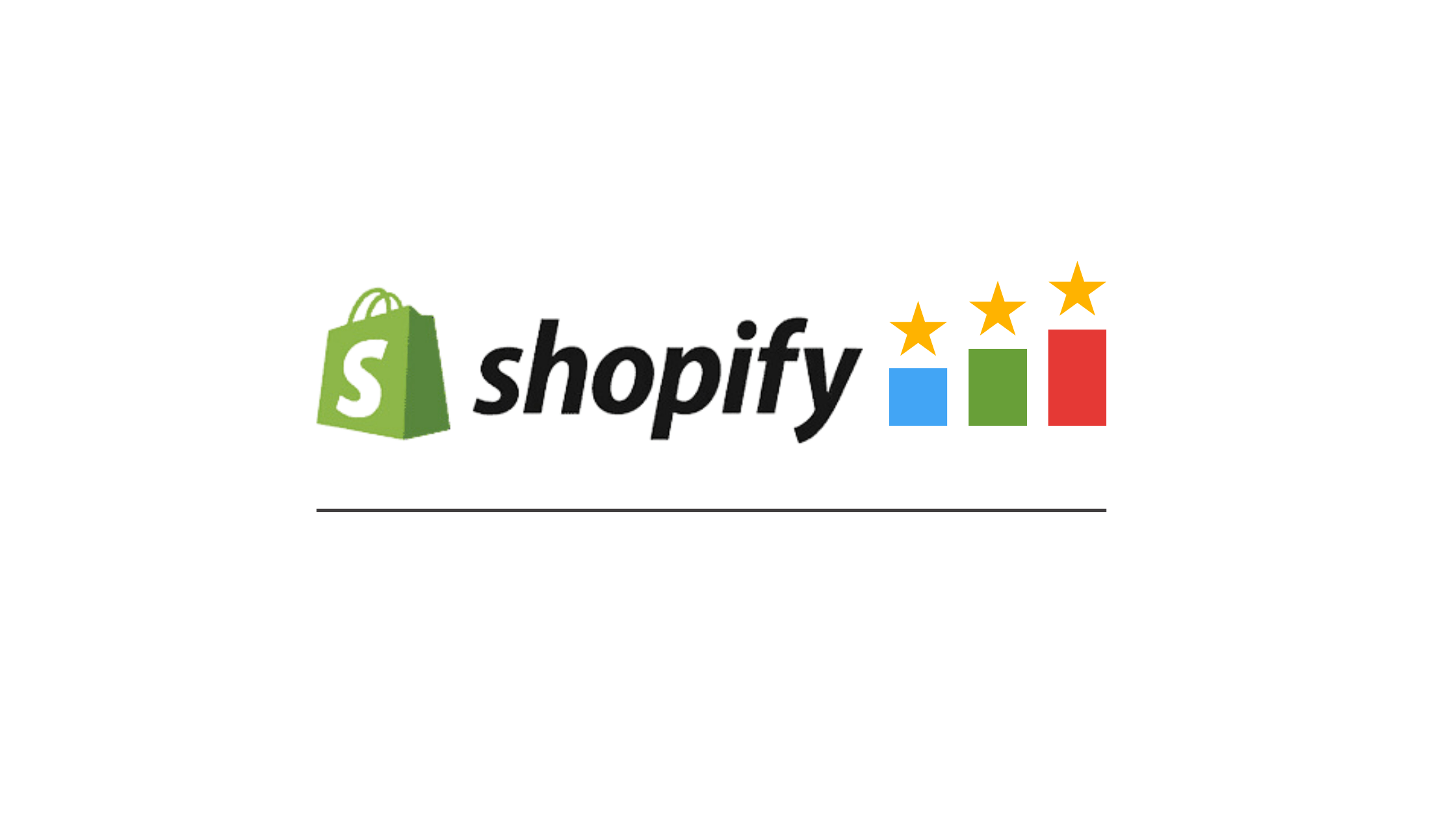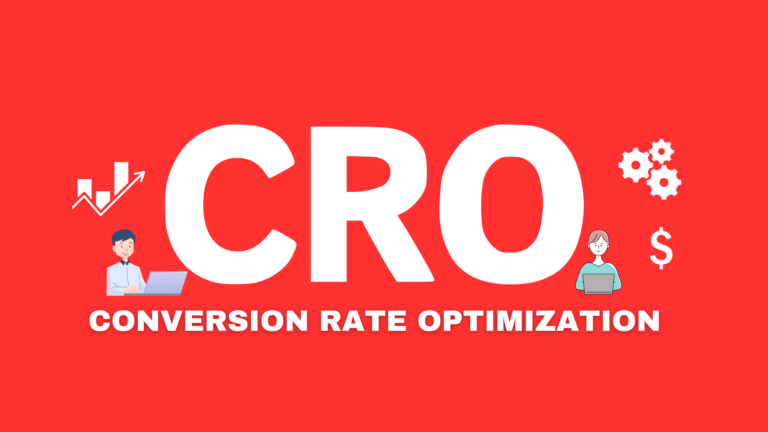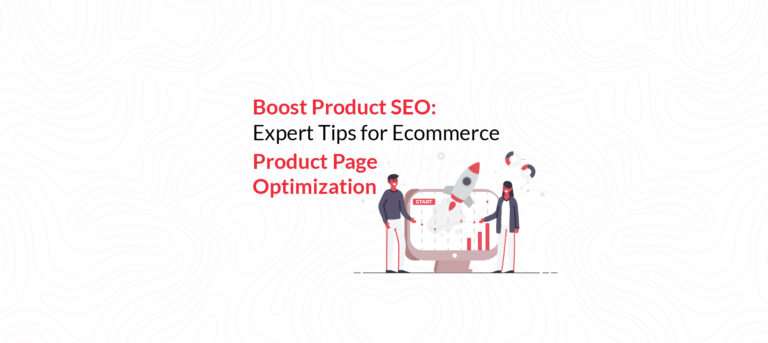THE SHOPIFY STORE SEO CHECKLIST: RANKING HIGHER MADE EASY
Shopify SEO acts as the guiding light, lighting up your store’s path to visibility within the digital realm of ecommerce. The objective of these SEO techniques is to move up your Shopify store’s search engine rankings, especially Google, so that it becomes more noticeable to potential buyers who might be searching for items like yours.
It is not only a matter of climbing higher in the search results that include but it has to do with getting the attention of your target market, appealing to them with your product and creating brand loyalty. By implementing smart SEO strategies, your store turns into a hub for organic traffic, a reference point for brand identity and an accelerator towards online revenue generation.
Each keyword, meta description as well as product page are carefully optimized to create the foundation for a success story in the digital realm.
Shopify SEO blends technology with creativity, data with intuition, and visibility with desirability, thus propelling your shop to unprecedented heights in this dynamic avenue called ecommerce.
The Shopify Store SEO Checklist: Ranking Higher Made Easy
Boost your Shopify store’s ranking on search engine results pages and enhance its visibility by considering the application of these all-embracing SEO strategies :
1. Keyword Research:
- Utilize tools like Google Keyword Planner, SEMrush or Ahrefs to find relevant keywords and phrases that are related to what you have to offer.
- Choose long-tail keywords for specific products that you sell with medium search volume plus competition.
2. Optimize On-Page Elements:
- Page titles, along with corresponding meta descriptions and URLs, must be optimized using target keywords.
- Make sure each product page has outstanding unique meta tags.
- All images should have descriptive alt text for both accessibility plus keyword relevance.
3. Improve Site Speed:
- Optimize images and reduce file sizes to enhance page load time.
- Leverage browser caching through Shopify’s built-in tools or apps to minimize HTTP requests.
4. Mobile Optimization:
- Ensure your Shopify store is mobile responsive across different devices.
- Check the performance of your store on mobile using Google’s Mobile-Friendly Test tool.
5. Create High-Quality Content:
- Set up a blog or content section where you can provide valuable information about your products.
- Develop interesting educating content that integrates relevant keywords and addresses customer needs and pain points.
6. Optimize Product Pages:
- Unique product descriptions showcasing features, benefits, and key USPs should be written in this case.
- Use quality images as well as videos displaying different angles of products being sold here.
- Incorporating user reviews, among other things, will help build trustworthiness with clients.
7. Implement Structured Data Markup:
- Schema markup is a code which gives search engines important information about particular products such as price, availability or reviews.
- Customers can use a variety of Shopify apps or add-ons when they want to incorporate structured data markup in their websites.
8. Build High-Quality Backlinks:
- Find reputable websites and industry influencers where you can build backlinks from them.
- Write content that is valuable, inducing other websites to link back naturally.
9. Monitor and Analyze Performance:
- Use tools such as Google Analytics and Google Search Console to monitor traffic, rankings, and user behavior.
- Continuously analyze your key metrics to find out where you need improvement in your SEO strategy.
Perfecting Product Pages: SEO & Conversion Tips for Shopify Owners
1. Product Descriptions that Sell and Search:
- Know who you are writing for. Understanding what they want will help you write resonating descriptions
- Discuss benefits rather than features: exhibit how the product helps them with their issues or improves their life
- Naturally incorporate keywords within: They must blend easily without overdoing them.
- Write bullet points which get straight to the point and white spaces make it easy to skim read fast.
- Responds to any frequently asked questions or common concerns: What do customers need?
- Close with a call to action: This encourages visitors to buy or learn more.
2. High-Quality Images that Capture Attention:
- In professional photography, consider investing in high-resolution images with clear focus and proper lighting.
- Showcase the product from several sides.
- Use lifestyle images to create a perception of usage in the customer’s mind.
- Optimize the sizes of image files to have fast loading times for a seamless user experience.
- Have descriptive alt text. This helps with accessibility and improves image search ranking.
3. Leverage Customer Reviews for Credibility and Traffic:
- Encourage customers to write reviews. Reward them or make it easy for them to share their experiences.
- Showcase positive reviews throughout your website: Include them on product pages and other places within your site.
- Include review snippets in meta descriptions: These should be positive reviews quoted to encourage clicking by searchers.
- Monitor customer feedback on keywords: Customers’ feedback may indicate some keywords you never thought about before now.
4. Keyword Mastery for Shopify : Finding Gold in Search Terms
- Know Your Audience: You must know your target market’s demographics and interests.
- Start with Seed Keywords: You can begin by using broader terms relevant to your products or the niche market area you are dealing with.
- Use Keyword Tools: Use tools such as Google Keyword Planner or SEMrush to find related keywords, and thus you can assess competition levels.
- Target Long-Tail Keywords: Paying attention to specific long-tail keywords can reflect user intent for higher conversion rates.
- Analyze Competitors: View your competitor’s keywords and discover opportunities available for your store.
- Consider User Intent: Align your keywords with what users are looking for.
- Evaluate Keyword Difficulty: Balance high volume, high competition keywords with those that have lower competition.
- Create Keyword Groups: Classify your keywords according to product categories or customer personas.
- Optimize On-Page Elements: Put your keywords naturally in product titles, descriptions and meta tags.
- Monitor and Adapt: Observe the keyword performance and make adjustments according to your strategy.
Link Building Strategies for Shopify Stores:
Shopify store owners can effectively build backlinks through influencer collaborations and content marketing:
1. Influencer Collaborations:
- Get influences who match the target audience.
- Compensate influencers with goods or payments for promoting their brands.
- Tell influencers to create content with links that go back to your website.
- Develop long-term relationships with successful partners.
2. Content Marketing:
- Create valuable content that addresses the interests of the audience.
- Craft content around suitable keywords as well as internal linkages.
- Use social media networks and other applicable platforms to share a particular piece of writing.
- Pitching material to industry websites/blogs, hoping for chances to place a backlink in it so that this article could be shared among readers.
- Engaging in cross-promotion activities with other stores/businesses which are interested in exchanging backlinks.
Blogging on Shopify: Driving SEO and Engagement
It is essential to blog on Shopify in order to drive organic traffic and optimize your store’s SEO:
- Fresh Content: Regular updating suggests activity and usefulness to search engines, hence increasing visibility.
- Keyword Optimization: Target other keywords that are relevant in the search results for a boost in rank of relevant terms.
- Internal Linking: This entails creating interlinked pages within your shop for better indexing and user navigation.
- Authority Building: On-page optimization helps build authority through high-quality content such as trustworthiness and earning backlinks, hence making a page authoritative.
- Engagement and Sharing: Encourage user participation and social sharing to increase range, traffic flow, plus backlinks.
Measuring SEO Success on Shopify with Google Analytics
- Create a Google Analytics Account: Go to analytics.google.com
- Access Shopify Admin: Click on Online Store > Preferences.
- Enter Tracking ID: Add your Google Analytics Tracking ID.
- Set-up Verification: Check real-time reports inside Google Analytics.
- Set Up Goals and Ecommerce Tracking: Define goals; enable Ecommerce tracking.
- Monitor SEO Metrics: Analyze organic traffic, keywords, and user engagement.
- Customize Reports: Personalize reports and dashboards targeting key SEO KPIs.
- Make Informed Decisions: Optimize SEO strategy based on insights to drive growth.
Speed Optimization Secrets for Your Shopify Store
1. Impact on SEO:
- Rankings: Higher search engine placements are obtained with speedier websites.
- Crawlability: The search engines find and index fast-loading websites better than slow ones.
- User Experience: Bounce rates go down as engagement increases with a faster site.
2. Optimization Tips:
- Choose Fast Themes: Pick Lighter themes on the Shopify theme store.
- Image Optimization: Compressing images to reduce their file sizes.
- Minimize Apps: Installing apps should be limited to lessen loading time.
- Enable Browser Caching: Do away with caching browser resources for quick load times.
- Lazy Loading: Delay non-essential content load.
- Code Optimization: Minify Your CSS, JavaScript and HTML Files.
- Use CDNs: Enable the usage of CDNs for global distribution.
- Monitor Performance: Check your Google Page Speed Insight ratings, among others.
- Upgrade Hosting: Increase your hosting package to a higher tier provider.
Top SEO Apps and Tools for Shopify Store Owners
1. Keyword Research:
- Semrush Ecommerce Booster is a tool that combines AI, product descriptions according to keywords, image optimization, and 50+ optimization suggestions based on keywords.
- Keywords Everywhere is a free Chrome extension that displays search volumes, competition, and related keywords on SERPs for quick findings.
- Ecommerce Keyword Analytics: This paid app is used for competitor research and discloses the top-performing keywords and organic traffic sources.
2. On-page and Technical SEO:
- Yoast SEO for Shopify: It performs basic on-page optimization such as editing meta description and generating sitemap, and it also carries out basic technical SEO checks the same way WordPress do.
- Plug-In SEO: This paid app scans, detects problems and fixes them, suggests edits in bulk meta descriptions as well as sets up redirects that give comprehensive on-page & technical SEO.
- Avada’s SEO Suite Image Optimizer: Use this free app to optimize your product images so that their loading time is reduced and image SEO is improved, which will help you perform better technically and possibly increase ranks.
Additional Tools:
- SearchPie: A paid application that merges SEO abilities with instant page & image compression for faster search engine optimization and user experience.
- Sherpas: Smart SEO: This free application gives more attention to improving technical performance along with visibility through concentrating on page speed optimization plus some basic on-page seo tips.
- Crush: Speed & Image Optimizer: This is a free app whose main focus is on optimizing pictures as well as improving page rate leading it into quick loadings resulting into smooth experiences while using.
Mobile Optimization: Making Your Shopify Store Shine on Any Device
Why Mobile Responsiveness Matters:
- Search Engine Preference: Google gives priority to sites that are mobile-friendly, hence impacting negatively on search rankings and visibility.
- Enhanced User Experience: Responsive sites, regardless of the device they are used, ensure smooth browsing and navigation experiences as well as high engagements and conversions.
- Improved Bounce Rate: Sites that cannot adapt to different screens have higher bounce rates, which affect search engine optimization (SEO) and conversion potential adversely.
Optimizing Your Shopify Theme for Mobile:
- Choose Responsive Themes: Shopify has a range of themes that cater to different screen sizes.
- Test Across Devices: Use Shopify’s mobile preview tool or physical devices to guarantee perfect presentation and production of specific functions.
- Simplify Navigation: Provide an easy access way to the navigation menu through clear labeling and larger buttons.
- Optimize Images: Use high-quality images that will load fast on mobile devices.
- Prioritize Readability: Use large fonts with adequate spacing for easy reading on mobile screens.
- Focus on Important Information: For better visibility on mobiles, highlight key product details and calls-to-action above the fold.
Using Schema Markup to Boost Your Shopify Products in Search Results
- Understanding Schema Markup: Schema markup is a method of categorizing content so that it provides clear information about products to search engines.
- The Power of Product Schema: Product schema is able to provide such important details, including name, description, price, availability, and reviews, enhancing search result visibility.
- Implementing Schema Markup: Manual Code Editing: Although coding knowledge is a requirement, it allows manipulation of schema.
- Shopify Apps: These are user-friendly apps like SEO Manager by Booster Apps or Schema App by Webkul, which require no coding.
- Verification and Validation: Use Google’s Rich Results Test tool or similar platforms to verify proper understanding of schema by search engines.
Summary – Shopify SEO entails optimizing your Shopify store to improve its ranking in search engine results so as to increase visibility, attract organic traffic and boost sales. The Shopify Store SEO Checklist provides exhaustive guidance on how to optimize your store effectively; this includes keyword research, on-page optimization, technical aspects of SEO, mobile friendliness and the use of schema markup. By working with Opositive – a pioneering digital marketing agency – the owners of Shopify stores can take their SEO efforts to the next level. By turning to Opositive’s vast experience in digital marketing, businesses can introduce advanced Search Engine Optimization strategies that will keep them ahead of their competitors and bring about dramatic improvements in website traffic volumes and sales figures. With dedication, expertise, plus strategic implementation ranking higher becomes not just a goal but a reality.
Read more about







